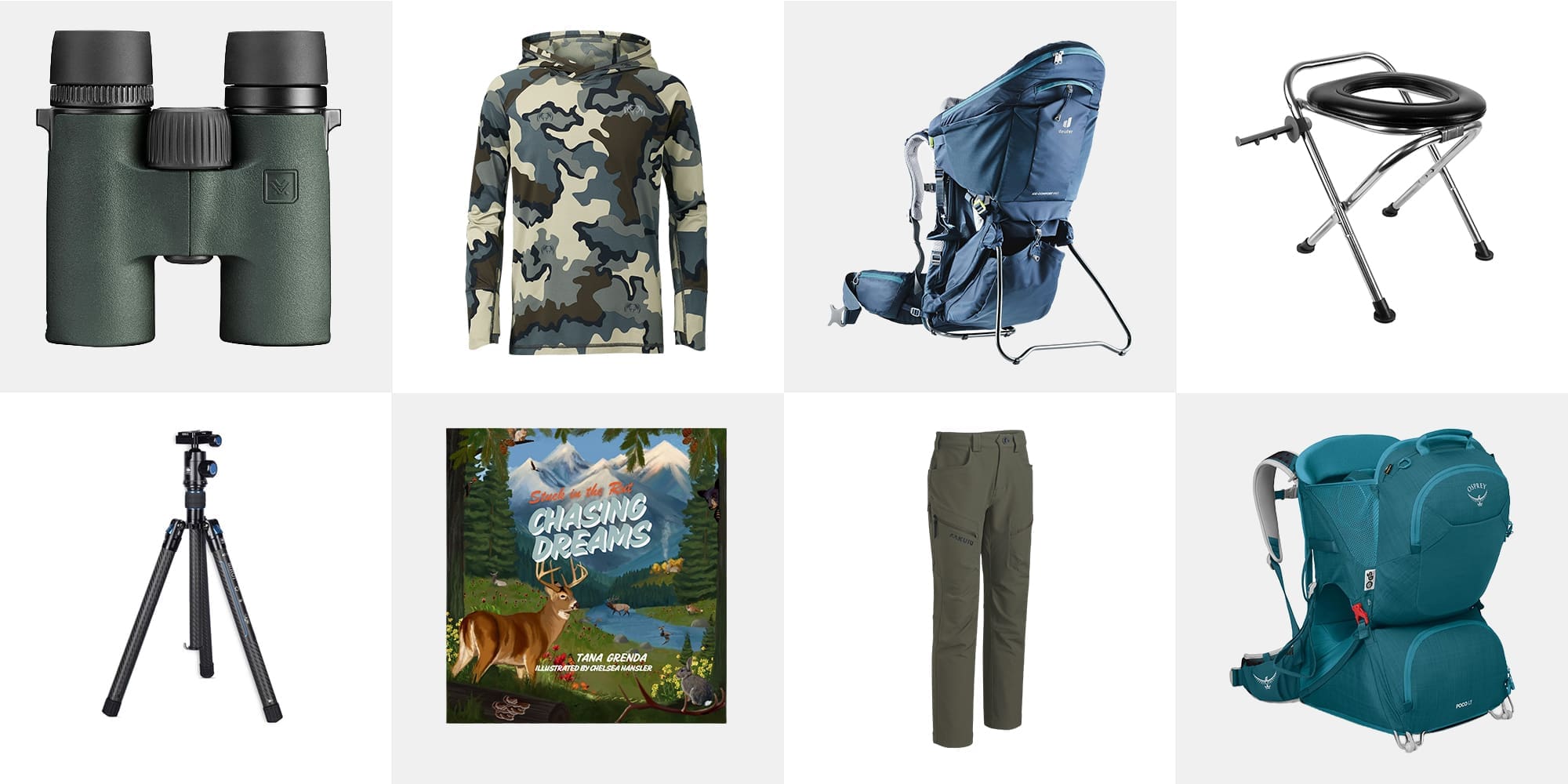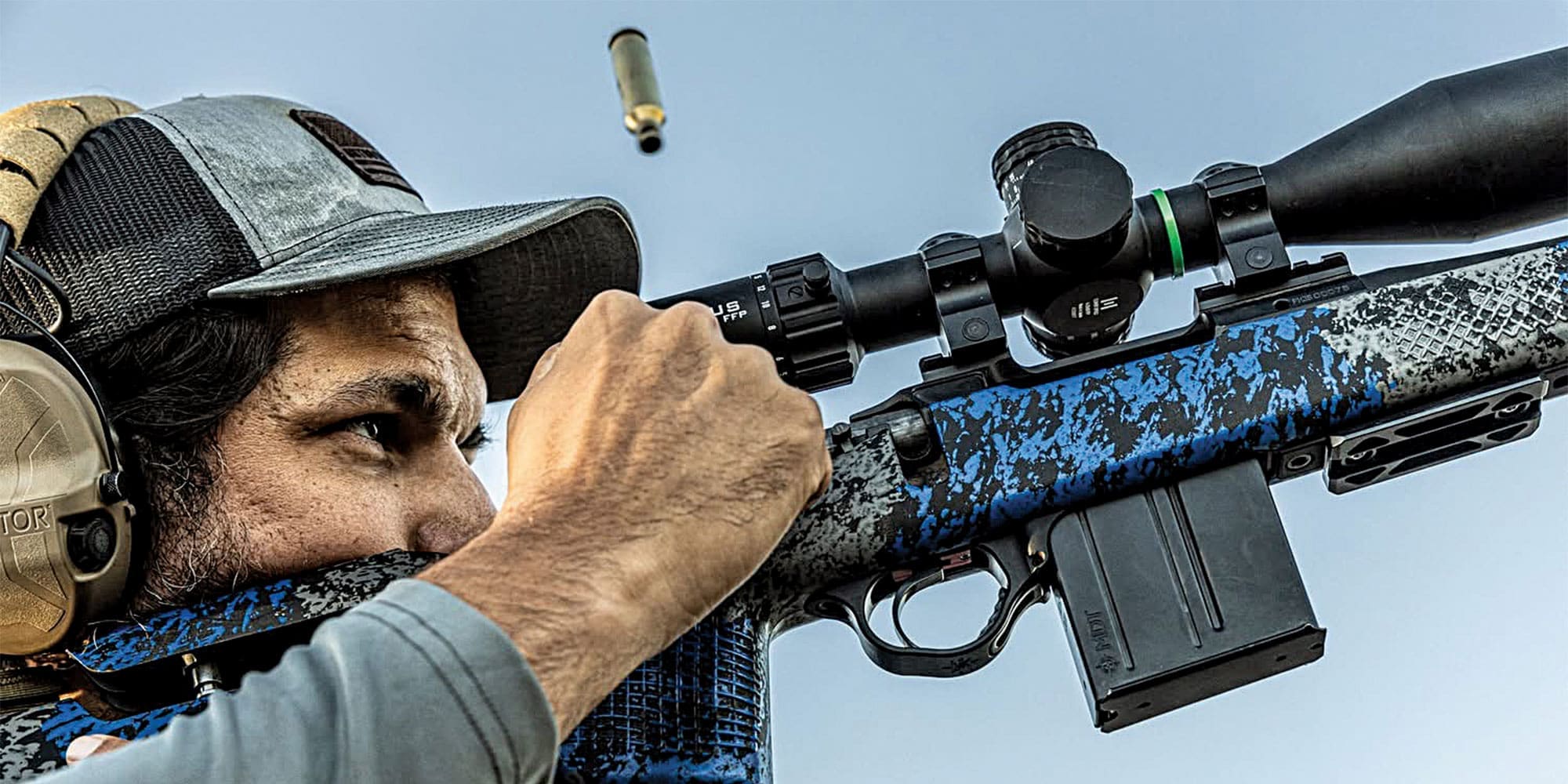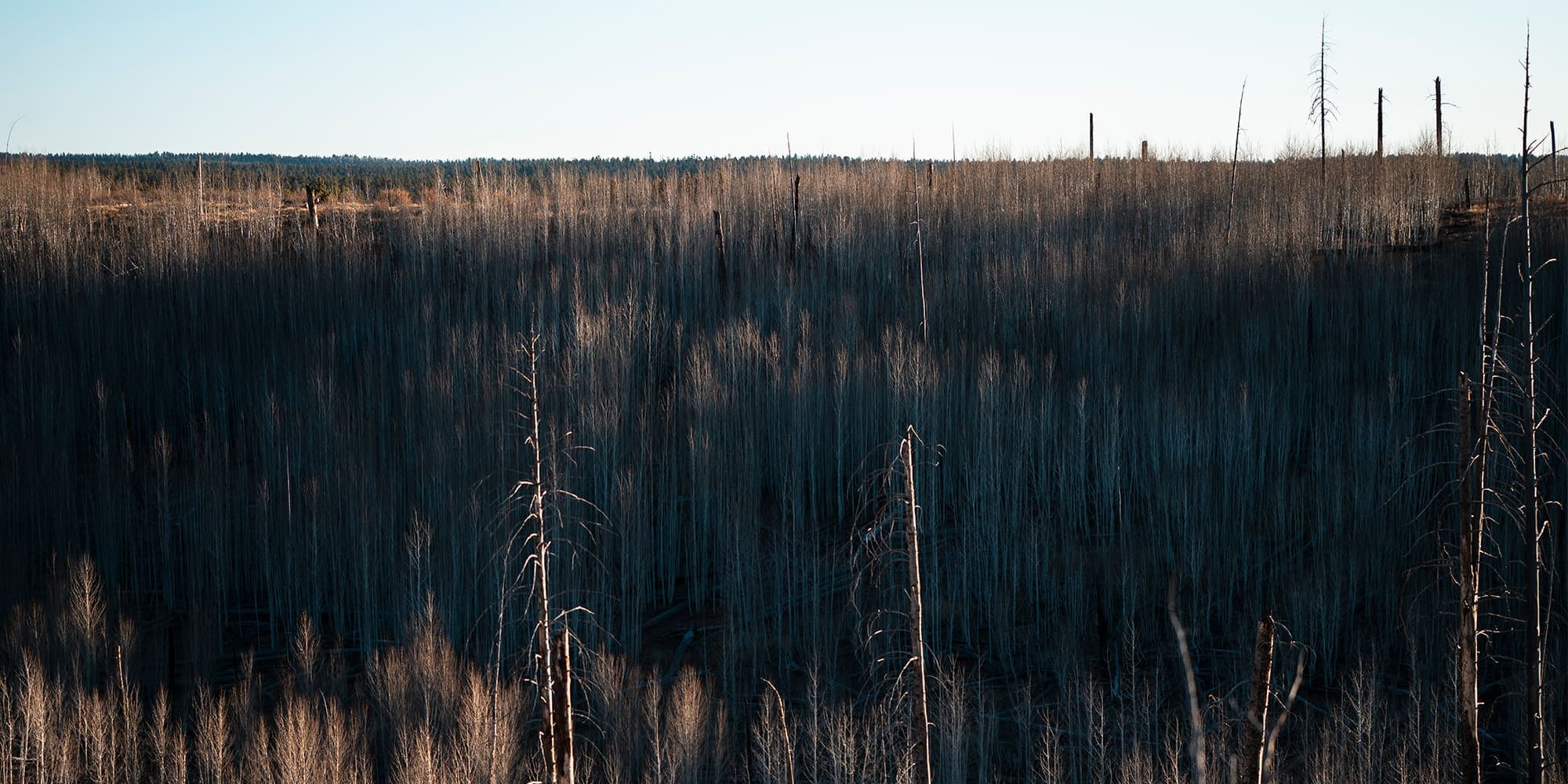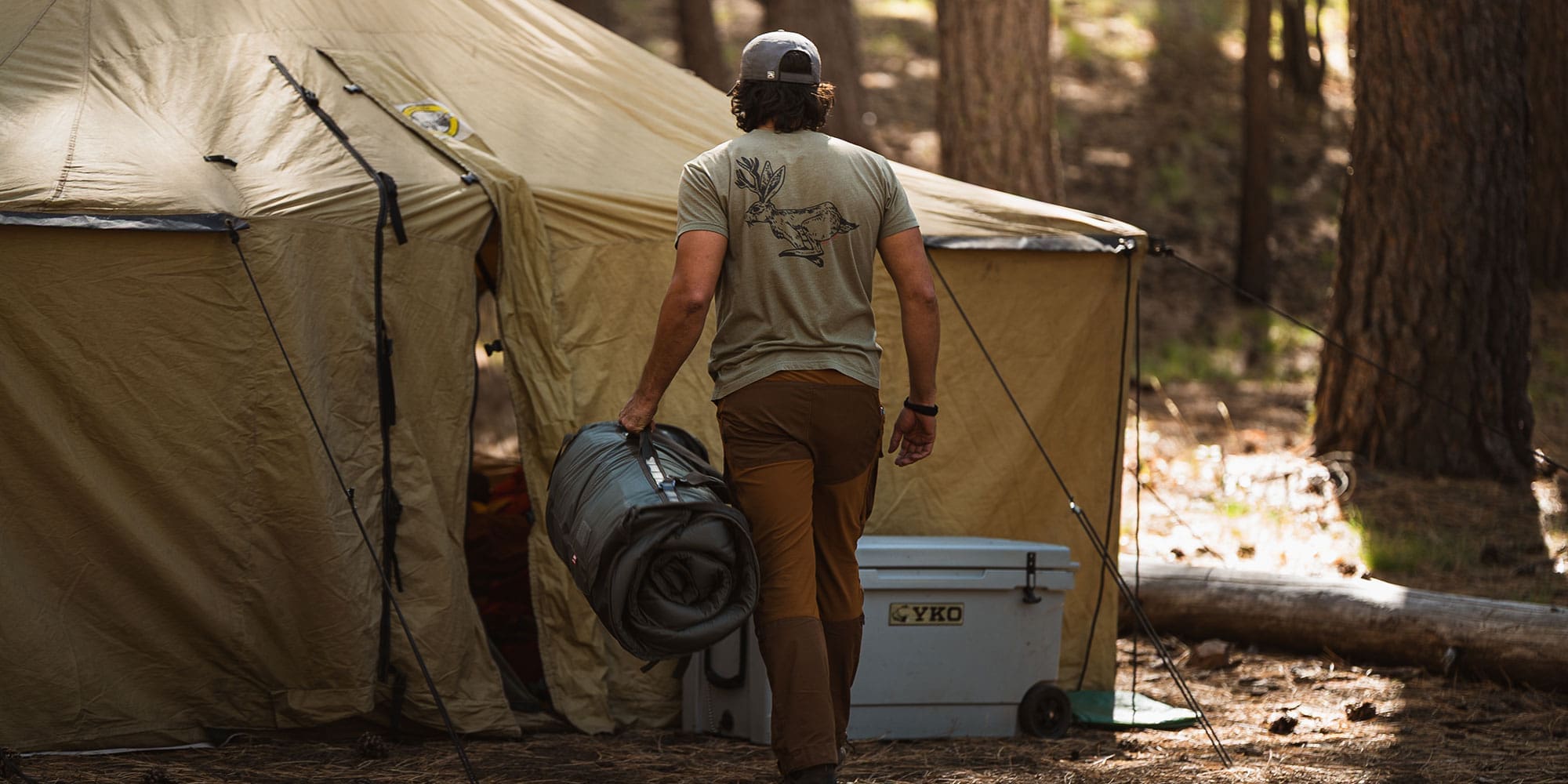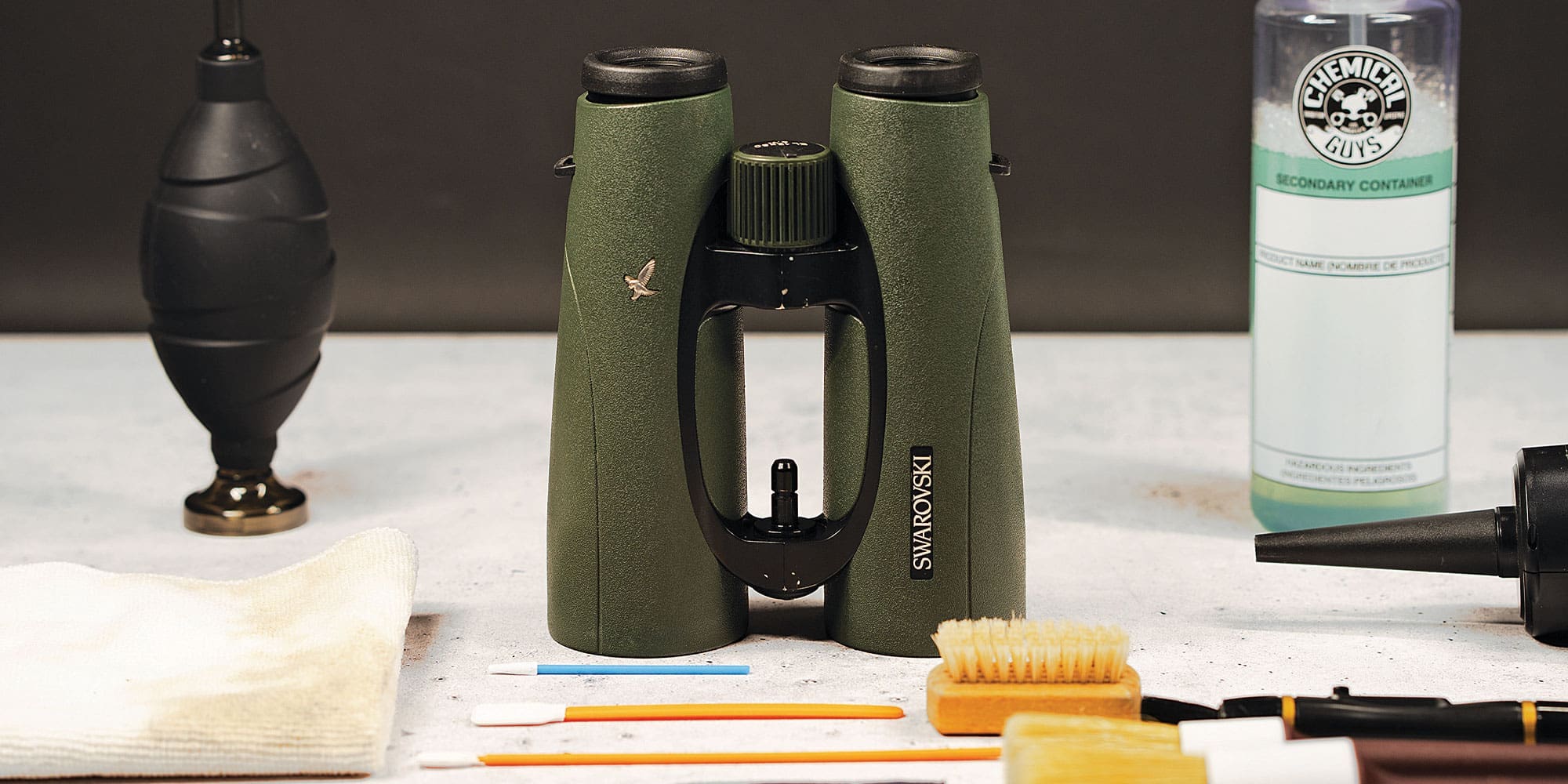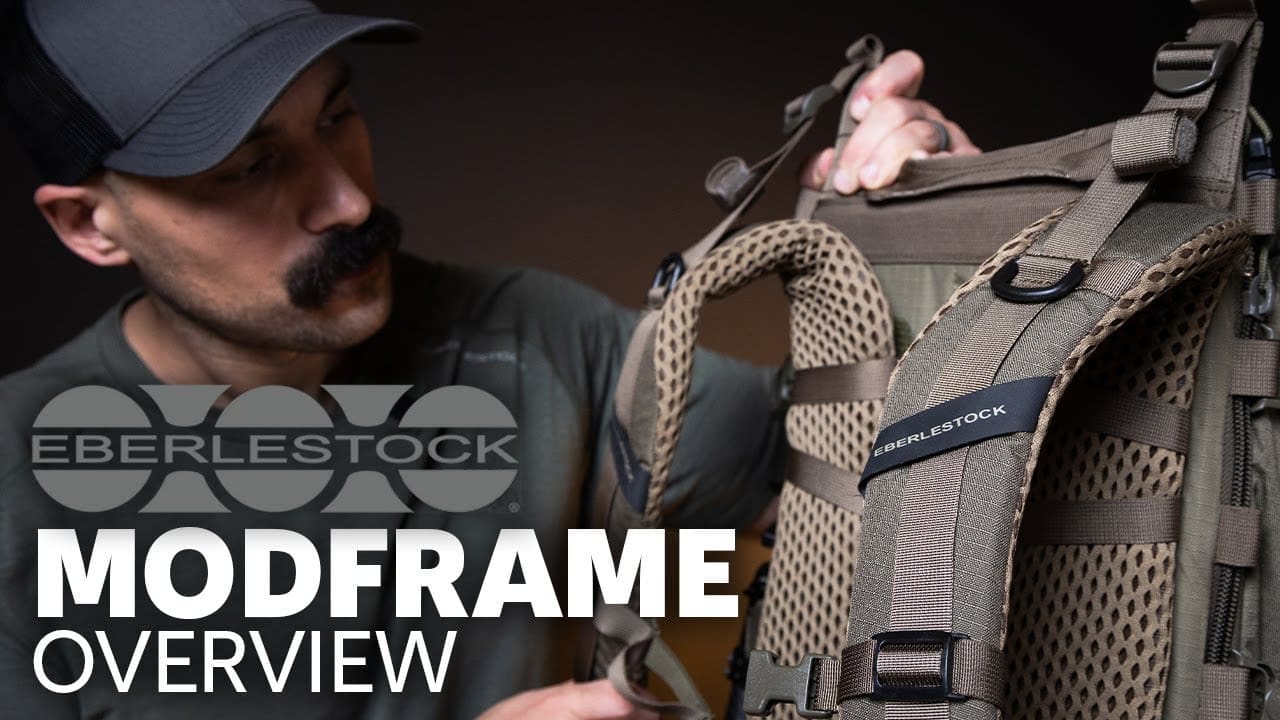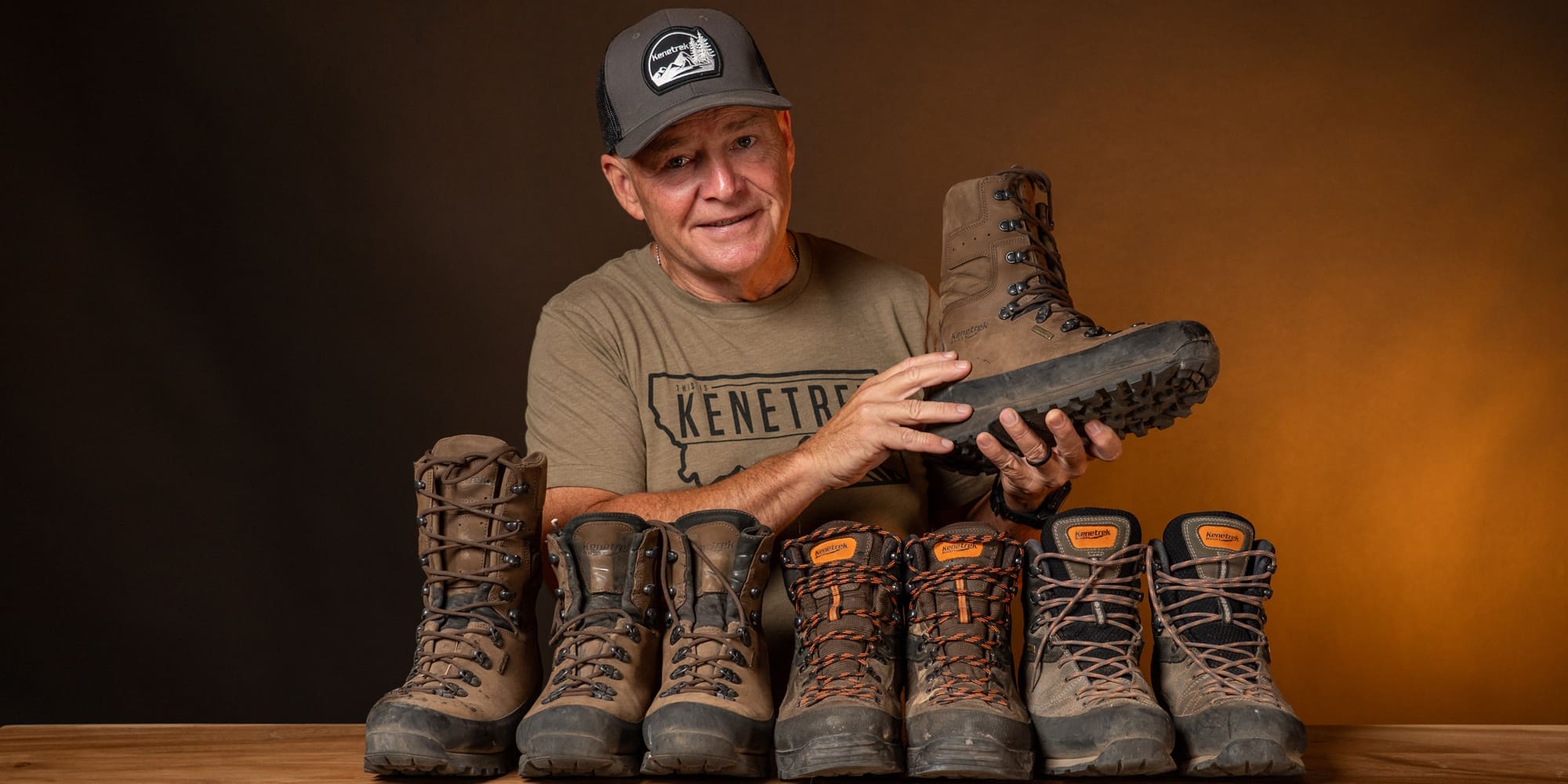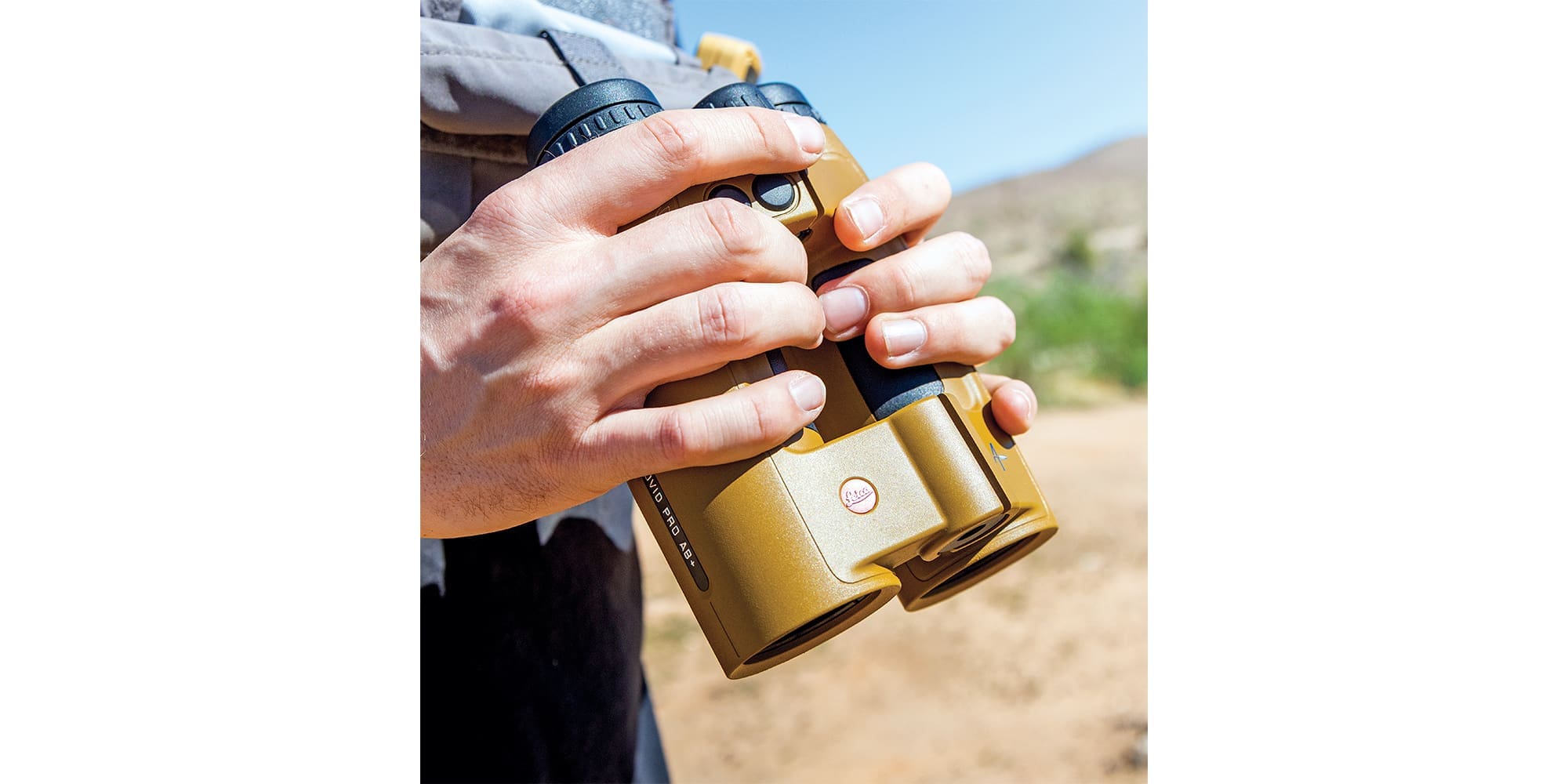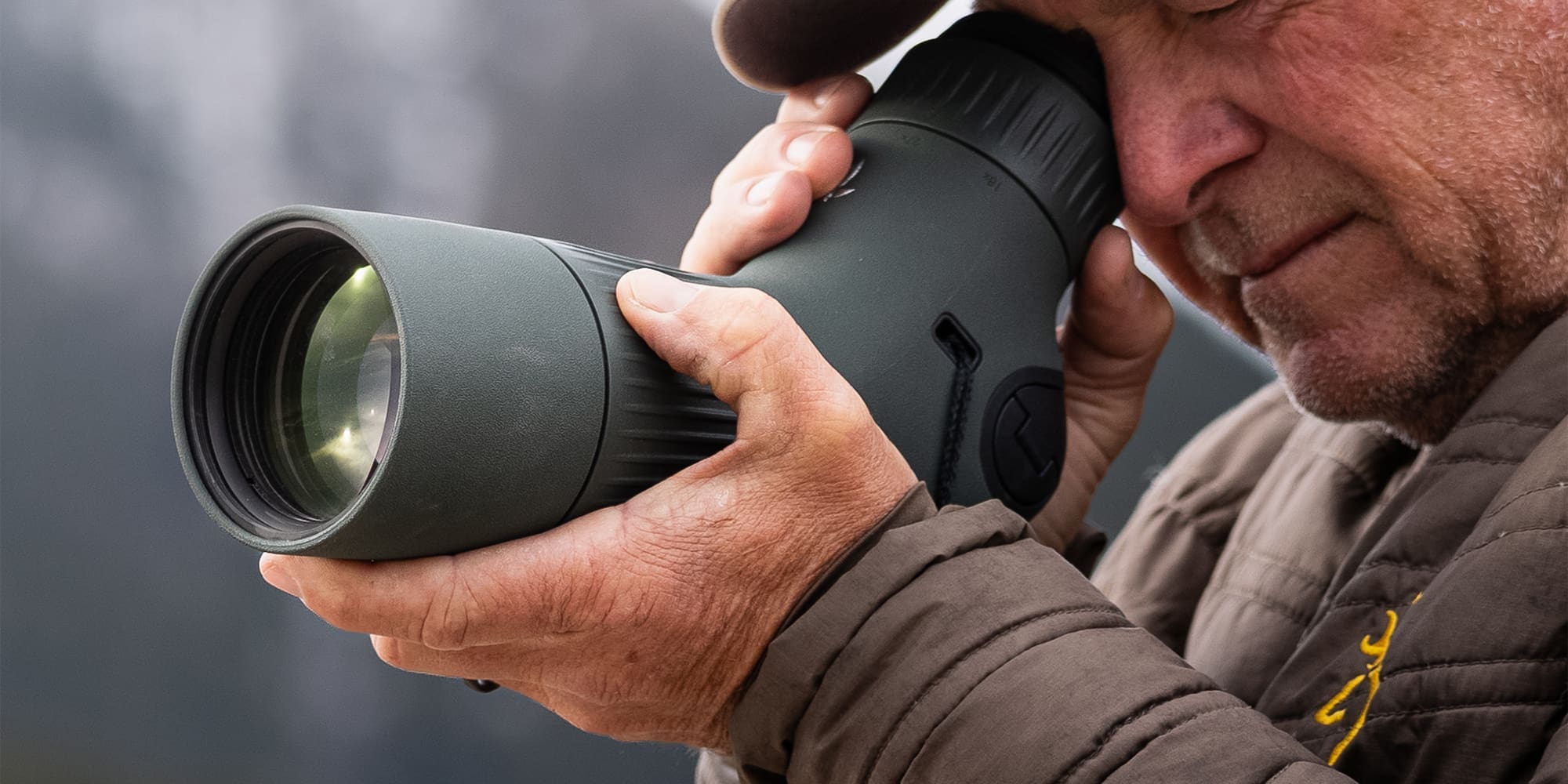
NOTICE: Certain links on this post may earn a commission for Western Hunter Magazine from Amazon or our other affiliate partners when you make a purchase. Thank you for your support.
Caught Off Balance - The astonishing new AT/ST Balance spotting scopes from Swarovski
On a recent podcast with Exo Mtn Gear, we had a conversation about the most revolutionary product introduction in my 40+ years in the hunting industry. My answer at that time was the laser rangefinder. Even with months to ponder that question, my mind did not change. But if I were asked that question today, my answer would be the new ST/AT Balance spotting scopes from Swarovski.
The ST Balance (STB) and the AT Balance (ATB) are image-stabilized spotting scopes. Swarovski did not invent this technology; it has been used in cameras for a few years, but they perfected it in combination with high-magnification, high-performance optics. I do not use the word “perfected” lightly. With every image-stabilized product I have used over the years, there is always a floating feeling you see as the movement is stabilized, but with the Balance scopes, that is almost eliminated; the world just stands still while you dissect the image. I could regurgitate what I have been told about how this is accomplished, but the point is, it works to perfection.

The STB has a straight body with 14-35x magnification and a 50mm objective lens, while the ATB is an angled scope with 18-45x magnification and a 65mm objective lens. My first question when I opened the box was, “Why is the STB with a 50mm objective lens about the same size as the ATB with a 65mm lens?” Well, the engineers designed these scopes to be hand-held primarily (which I initially thought was absurd). When you hold either scope, one hand just naturally falls on the focus wheel, and the other rests perfectly on the magnification ring.
Swarovski is legendary for designing ergonomically correct products; they all feel right in your hands. If they made the STB as compact as possible, it would not fit your hands in a way that would allow you to manipulate the scope. While I wish it were lighter, I would not want to compromise the ease of use.
Back to why I believe these new scopes are so revolutionary. My son Mark, Nate Simmons, and I had the privilege of testing both scopes in Wyoming while pursuing antelope and deer. I am writing this from my tent in Idaho, searching for elk with them. We started with the antelope hunt, which was insane. We all agreed we probably looked at over 1000 antelope and 100 different bucks.
In this part of Wyoming, the average buck is between 65-70”, good bucks score between 70” and 74”, and anything bigger than that is a trophy, so tiny details matter. Antelope are very easy to spot with binoculars, but you can only judge horns with a spotting scope. Before the morning was over, our brilliant STX (non-stabilized) spotting scope never came out of the truck; the two Balance scopes did all the work. Instead of spending 10-20 minutes getting set up and studying a buck, it took minutes to evaluate him. When you multiply that by 50 bucks, we saved many hours, allowing us to cover even more country.
Randy Rockey has been filming with The Western Hunter for over a decade. Some of you may know, but Randy is not a hunter. However, he has seen more than his share of animals since the inception. Yesterday morning, he got to handle the STB for the first time. It was a cloudy sunrise, so light conditions were lousy. I was using my BTX-85 and finally found an elk. Before I could identify the elk as a bull, Randy had found a half dozen groups of deer, all over a mile away, while hand-holding the STB! We laughed at how fast he was finding animals. On this hunt so far, the elk have only been out of timber for about 45 minutes morning and evening, so this type of efficiency is critical.
The tough decision will be which one to buy, and after 15 days with both at my disposal, I am not sure I can answer that for myself yet. Initially, we were all sold on the STB. The straight tube design just aimed so naturally that we were all much faster with it. But we only had one; somebody had to use the angled. After a few days, I feel like I’ve learned to point the angled with almost the same efficiency as the straight, and with the extra magnification and light gathering, the ATB has an advantage.
The image stabilization system is a complex system of small “motors” that offset opposing motion and is powered by a rechargeable lithium battery with a 12-hour run time. Having said that, you might guess that the Balance scopes are relatively heavy. In fact, it's just the opposite. The ATB weighs 51.9 ounces, and the STB weighs 45.9 ounces. By comparison, a Swarovski STX 65mm spotting scope weighs 57.8 ounces. Don’t ask me how they pulled that off; I am just glad they did.

Does this mean you don’t need a tripod? No, not completely. I can only hold each scope for a few minutes on a single animal before my muscles start to fatigue. In those cases where you need to study an animal or patiently wait for one to stand up, a tripod is still critical. Digiscoping at long distances still demands a tripod. Speaking of digiscoping, so far, the Balance scopes have done an amazing job at minimizing the vibration of a carbon tripod in windy conditions.
Finally, what do they cost? Once again, with all this technology, I figured they would cost substantially more than a non-stabilized Swarovski scope. Once again, I was wrong. The ATB runs $3,999, and the STB is $3,849, compared to $4,348 for a Swarovski STX-65. I double checked that. Yes, both Balance scopes cost less!
I have always felt that image stabilization was the future of optics, and now, Swarovski has made that future a brilliant reality. The ATB and STB have both exceeded my already lofty expectations. Like the laser rangefinder, it won’t be long before we all have one in our packs or hanging around our necks.
Order yours from Outdoorsmans before they sell out!


